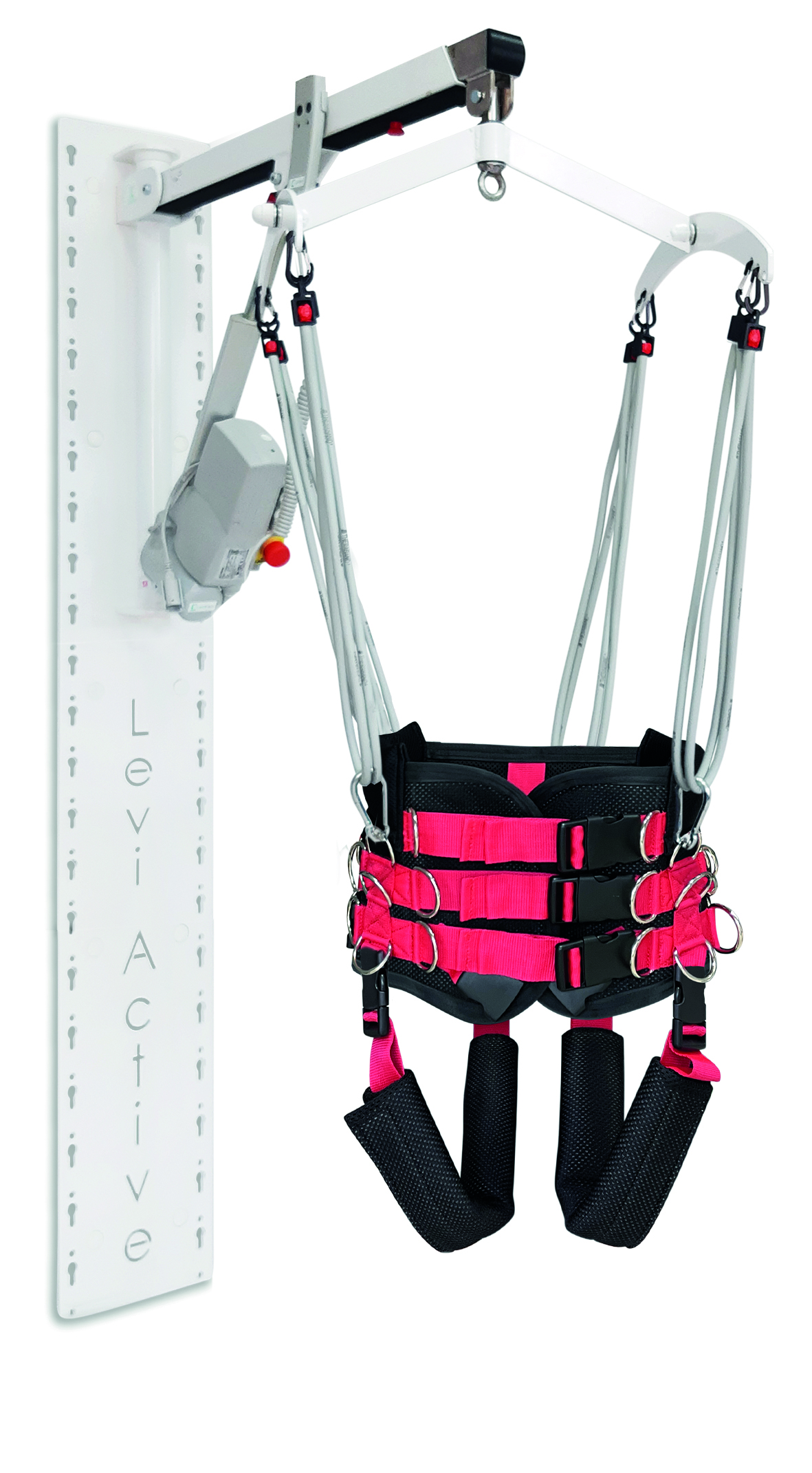BALTO - new assistive pushchair developed with passion to support by well know manufacturer LIW Care Technology. Balto pushchair is designed to facilitate the daily care of children and teenagers who require transport and whose diseases prevent them from moving independently. Balto is equipped with the support systems which enable to maintain the correct sitting position.
BALTO pushchair consists of aluminum mobility base and multifunctional seat unit and is offered in 3 sizes with a maximum load up to 60 kg of weight.
What makes it different? It is more manoeuvrable. Easy to push, easy to ride, easy to turn. Test it to confirm.
Different frame and upholstery colours available.


 Czech
Czech  Polski
Polski  English
English 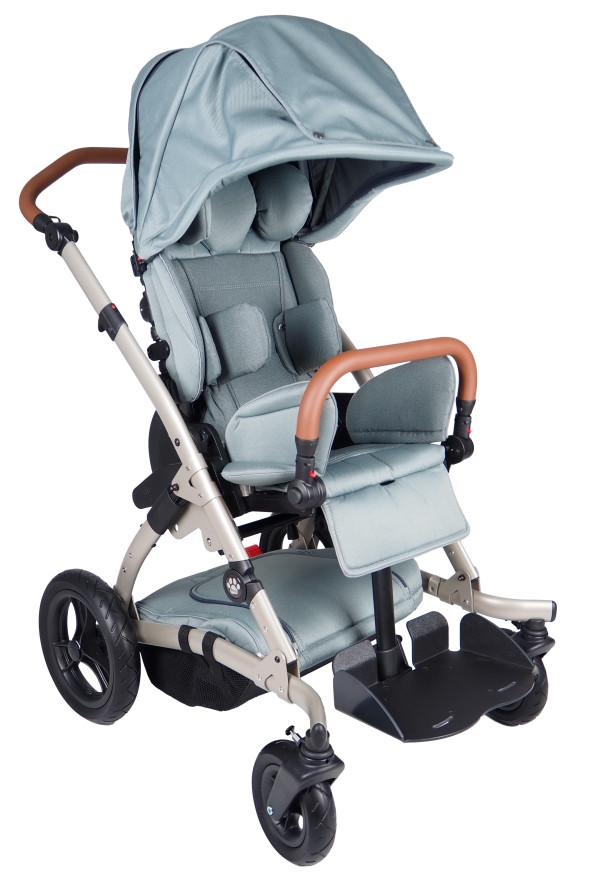




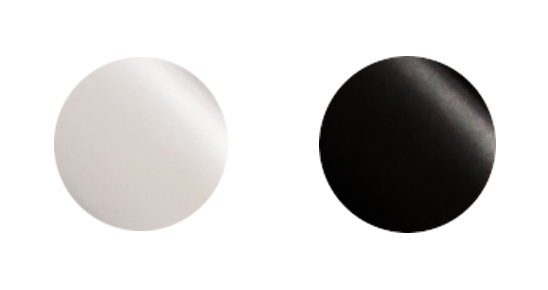

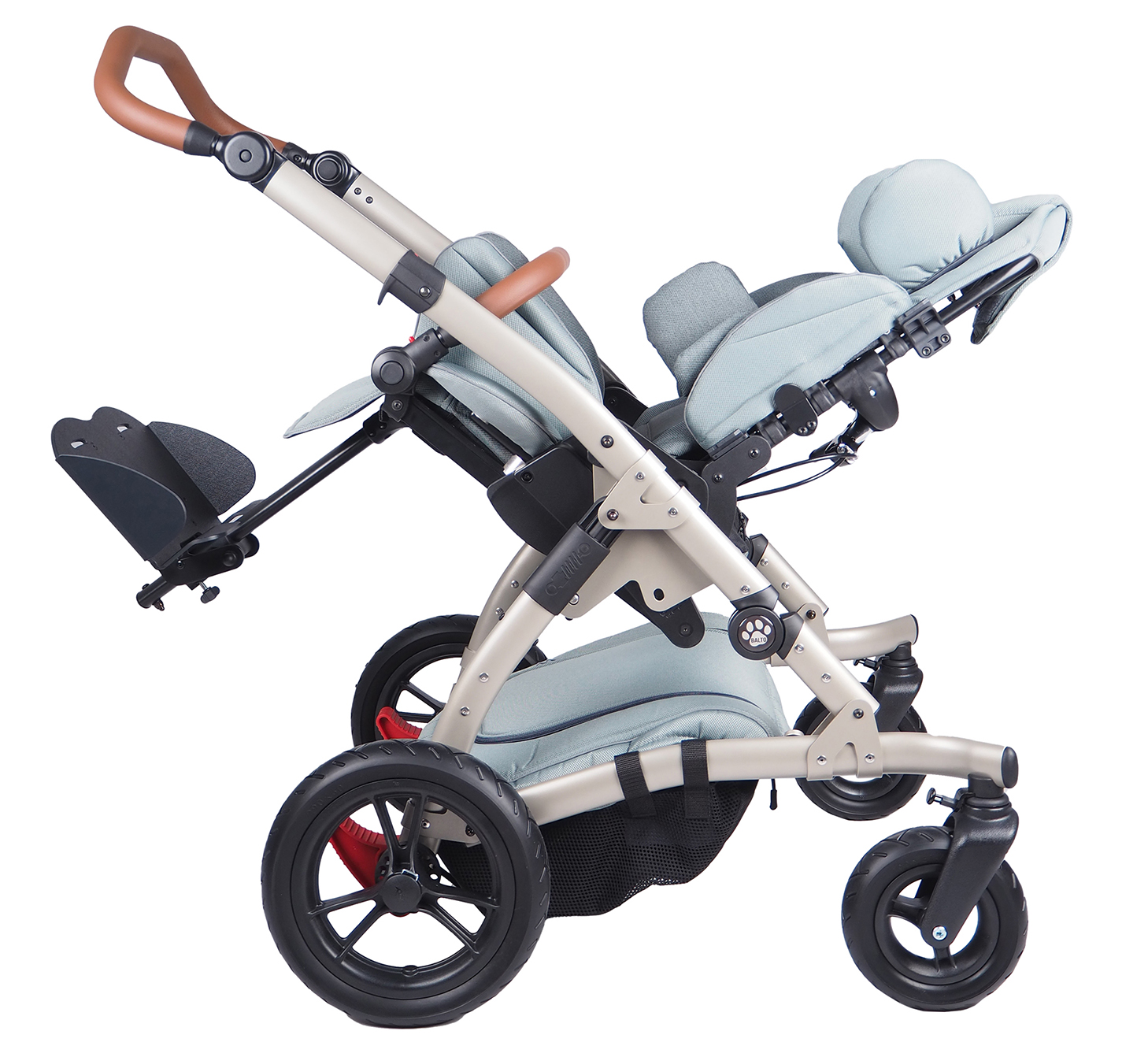
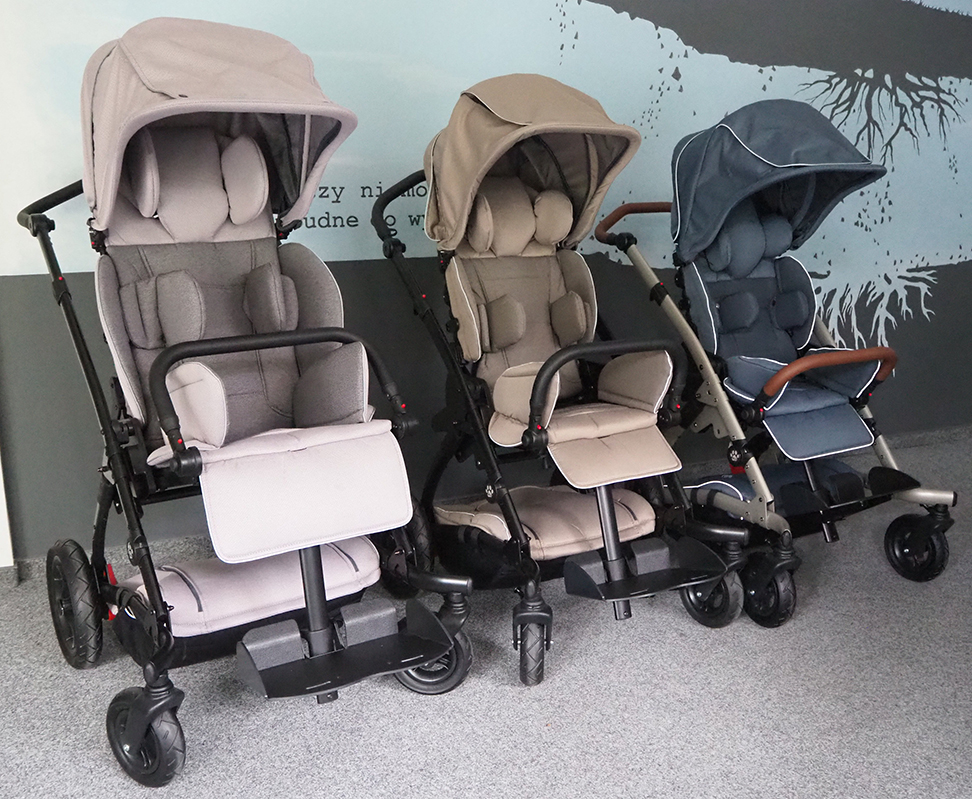
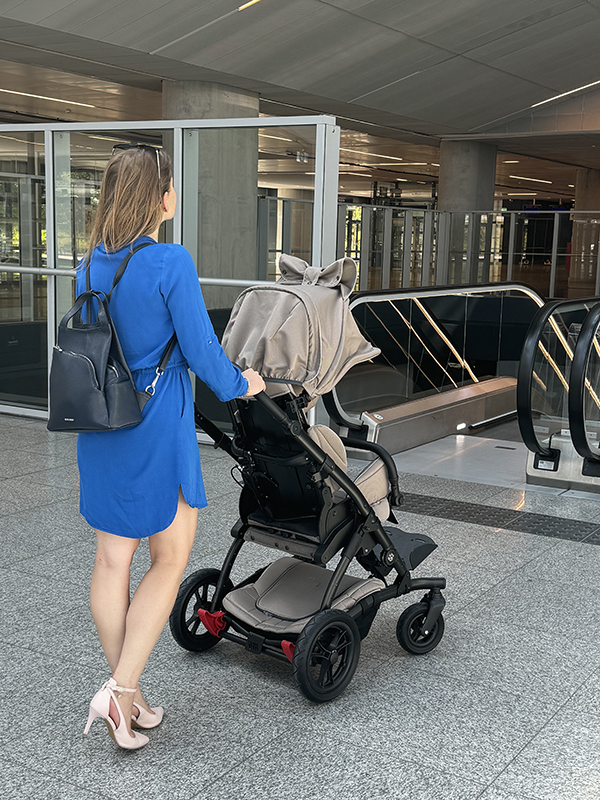


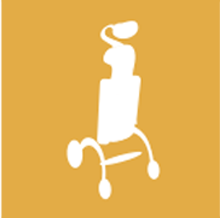
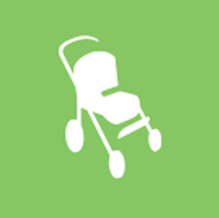

.jpg)


